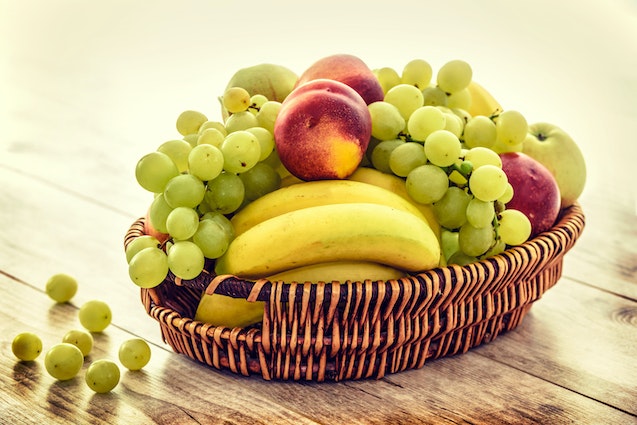In the world of gardening, few things are as rewarding as watching your fruit-bearing plants thrive and produce delicious, homegrown treats. However, the journey from seed to table often comes with its challenges, and one of the most frustrating obstacles can be the presence of pests. This is where fruit cages come into play – these innovative structures provide a protective haven for your precious fruits, ensuring a bountiful harvest while keeping unwanted visitors at bay.
The Role of Fruit Cages
Fruit cages, also known as fruit enclosures or fruit protectors, are carefully designed structures built to shield your fruit-bearing plants from a variety of pests. These pests can range from birds, squirrels, and rabbits to insects like aphids and caterpillars. By creating a physical barrier between your fruits and these intruders, fruit cages act as a first line of defense, minimizing the need for chemical pesticides and promoting a healthier, more natural growing environment.
Key Benefits
- Pest Prevention: The primary purpose of fruit cages is to prevent pests from accessing your plants. This protection helps reduce the risk of damage to both the fruits and the plants themselves.
- Higher Yields: With pests out of the equation, your plants can channel their energy into growth and fruit production. This often leads to larger and more plentiful harvests.
- Reduced Chemical Usage: Fruit cages promote an eco-friendly approach to gardening by minimizing the need for chemical pesticides. This benefits not only your garden but also the broader ecosystem.
- Easy Maintenance: Fruit cages are relatively low-maintenance additions to your garden. They’re designed to be durable and long-lasting, providing several seasons of protection.
- Versatile Designs: Fruit cages come in various sizes and designs to accommodate different types of fruit-bearing plants, from small berry bushes to sprawling fruit trees.
Setting Up Your Fruit Cage
Setting up a fruit cage requires careful planning to ensure its effectiveness. Here’s a step-by-step guide:
- Choose the Right Size: Measure the area you want to protect and select a fruit cage size that provides enough space for your plants to grow comfortably.
- Select Materials: Fruit cages are typically made from materials like steel, aluminum, or PVC, along with fine mesh netting. Choose materials that are sturdy and weather-resistant.
- Assembly: Follow the manufacturer’s instructions to assemble the cage. This may involve connecting poles, framing, and attaching the mesh netting securely.
- Placement: Position the fruit cage over the desired area. Ensure it’s level and properly anchored to the ground to prevent any gaps that pests could exploit.
- Access Points: Incorporate zippered access points or hinged doors into the cage design. This will make it easier for you to tend to your plants, water them, and harvest your fruits.
